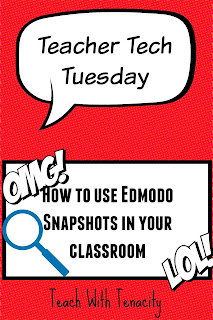- Teacher: Spaghetti! Student: Meatballs!
This is one that my former kindergarten teachers used (and by former kinder teachers, I mean the ones who taught me in kindergarten). I've spent a lot of time in their classrooms over the past few years, and I always loved this one. Since they taught kindergarten, when the students said "Meatballs!" they would put their hands on their heads. I love doing hands on heads with younger students because it's easy to tell who is following directions and who might be goofing off or otherwise off task.
- Teacher: One two three, eyes on me! Student: One, two, eyes on you!
With this one, the students would also put their hands on their heads, because like I mentioned earlier, little kids + busy hands = good. And of course, they need to actually face their eyes towards you. I always find it funny when the kids say it, but they continue looking off into space.
- Teacher [to the tune of If you're happy and you know it...]: If you're ready and you know it, clap your hands! Student: *clap clap*
Okay, so this is one I kind of figured out on my own, and I'm a little too proud of myself for it. I found this worked well for substitute teaching especially, because the kids have heard the song so many times, most of them clap without realizing it. It's positively Pavlovian and I love it. The only problem is sometimes the students feel the urge to continue singing it once you've started, so proceed with caution!
- Teacher: If you can hear me, clap once! Student: *Clap* Teacher:If you can hear me, clap twice! Student: *clap clap*
I like this one because you can start it out really, really softly, so that only a few students can hear you, and yet still, the whole class will quickly hush because they hear the clapping! Also, if you feel so inclined, you could make it almost like a game of Simon Says: if you can hear me, hands on head. If you can hear me, touch your nose. If you can hear me...
- Call and Response Clapping
Okay, so this one is a little harder to describe, but you've probably heard it. Basically, you the teacher claps the following pattern: Clap Clap Clap-Clap Clap! and the students clap the pattern back to you. (For those of you who are musically inclined, I'm talking a basic four beat quarter quarter eighth eighth quarter.) It should sound like the beginning of a cheer at a football game or something. If your students become immune to this rhythm, I'd suggest changing it up. I have been a drummer for my whole life, so I have a lot of fun creating some simple patterns for my kids to follow. Also, it requires attentive listening, so that's a major bonus.
So, if you're in need of some attention grabbers, go ahead and try these out! And I'd love to have a few more in my teaching arsenal - let me know in the comments below what other attention grabbers you like to use!
















